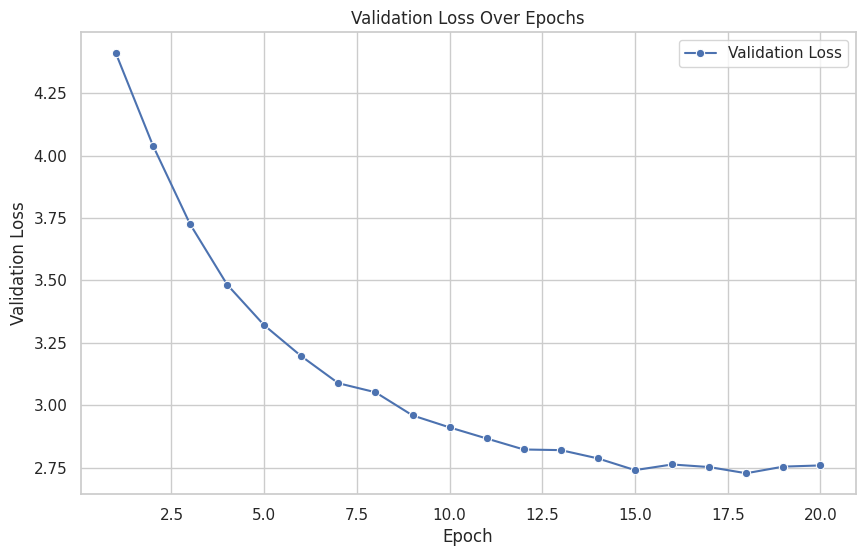🇬🇪 <GPT2GeoLMHead>
The GPT2GeoLMHead project is a natural language processing (NLP) venture aimed at training a Georgian language model head utilizing the powerful GPT-2 architecture. This initiative involves the utilization of state-of-the-art transformer-based language models to understand and generate coherent and contextually relevant Georgian text.
- The project leverages the Wikimedia/Wikipedia dataset for training the language model.
- The dataset is loaded using the Hugging Face
datasetslibrary, focusing on the Georgian language (ka) split from November 1, 2023.
- A custom dataset,
GeorgianDataset, is created to preprocess and tokenize the Georgian text data using the ElectraTokenizerFast. - The dataset supports dynamic block sizing and includes the necessary special tokens for proper model training.
- The GPT-2 model, pretrained on a diverse range of internet text, is utilized as the base architecture.
- A specific instance of the ElectraTokenizerFast is employed for tokenization in alignment with the model's requirements.
- Special tokens, including
<pad>,<eos>, and<mask>, are added to enhance model understanding and context.
- The training process is orchestrated by the
GPT2GeoLMHeadclass, which encapsulates the GPT-2 model, tokenizer, and training logic. - Training hyperparameters, such as learning rate, batch size, and the number of epochs, are configured in a dedicated
Configclass. - The training loop involves both training and validation phases, utilizing PyTorch's DataLoader for efficient data handling.
- CrossEntropyLoss is employed as the loss function, and the AdamW optimizer is used for gradient descent.
- The model includes an inference method, allowing users to generate Georgian text given a prompt.
- Various parameters, such as
num_beamsandtemperature, can be adjusted to influence the diversity and creativity of generated text.
- The project incorporates functionality to save the pretrained GPT-2 model and tokenizer for future use.
-
Initialization:
- Create an instance of
GPT2GeoLMHeadby providing the GPT-2 model and ElectraTokenizerFast. - Configure training parameters and dataset size in the
Configclass.
- Create an instance of
-
Training:
- Call the
trainmethod on theGPT2GeoLMHeadinstance, passing the training and validation datasets.
- Call the
-
Inference:
- Utilize the
inferencemethod to generate Georgian text based on a given prompt.
- Utilize the
-
Model Saving:
- Save the pretrained model and tokenizer using the
save_pretrainedmethod.
- Save the pretrained model and tokenizer using the
The GPT2GeoLMHead project showcases the application of cutting-edge language models for understanding and generating Georgian text. Its modular and object-oriented design facilitates easy extension and integration into various NLP applications. The project stands as a testament to the synergy of transformer architectures and the rich linguistic diversity encapsulated by the Georgian language.
